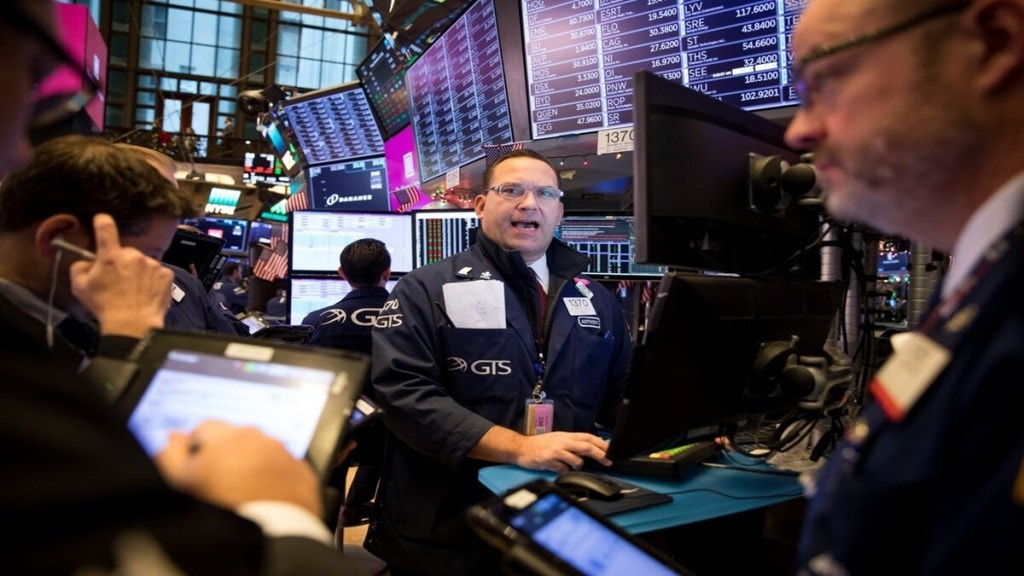The U.S. Bureau of Labor Statistics has released the July CPI data. US inflation rate is steady at 2.7%, core CPI data accelerates to 3.1% and rose the most in 6 months.
The all items index rose 2.7 percent for the 12 months ending July, after rising 2.7 percent over the 12 months ending June. The all items less food and energy index rose 3.1 percent over the last 12 months.
The Consumer Price Index for All Urban Consumers (CPI-U) increased 0.2 percent on a seasonally adjusted basis in July, after rising 0.3 percent in June. The index for all items less food and energy rose 0.3 percent in July, following a 0.2-percent increase in June.
The energy index decreased 1.6 percent for the 12 months ending July. The food index increased 2.9 percent over the last year.
The US annual inflation rate remained at 2.7% in July 2025, unchanged from June and lower than estimates of 2.8%.
On a monthly basis, CPI gained 0.2%, slightly less than June’s 0.3% increase, which was the biggest since January and met forecasts.
The shelter index increased by 0.2%, accounting for the majority of the monthly increase across all goods.
Meanwhile, core inflation, which excludes food and energy, increased to 3.1% from 2.9% in June, exceeding estimates of 3%, and the monthly core CPI rose 0.3%, the highest increase in six months, after rising 0.2% earlier.
What Were The Expectations
Markets were expecting a 0.2% monthly increase in US July inflation and a 2.8% year-over-year rise. The core inflation, excluding energy, was expected to rise by 0.3% monthly and 3.0% YoY.
FOMC Rate Cuts
The Labor Department reported a 73,000-fold increase in payrolls last month, well below forecasts of 100,000. The average gain over the past three months is now 35,000, indicating a worsening labor market health than previously thought. The Federal Reserve’s dual mandate of full employment necessitates action to stimulate economic activity.
Since December, the US Federal Reserve has maintained its interest rates. While Trump believes the central bank is already late in lowering interest rates, Fed Chair Powell prefers to play the ‘waiting game’.
Powell has stated multiple times that a rate drop will not be considered until the impact of pricing tariffs is determined.
Will Fed chief Powell be under pressure to cut rates in September, remains to be seen. The next FOMC meeting is on September 16-17, accompanied by a summary of economic projections.
The other big worrying factor for the US Fed is the slowdown in job growth. Recent jobs data calls for aggressive rate cuts before the economy slides, but such an approach by Powell may not come early if tariff-led inflation emerges.
